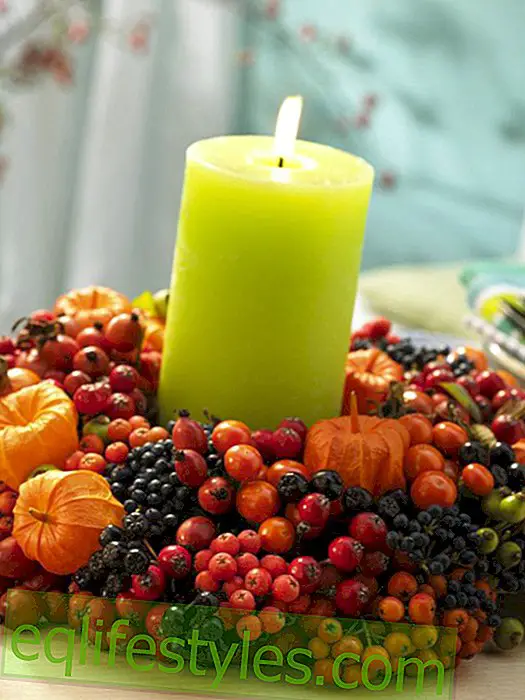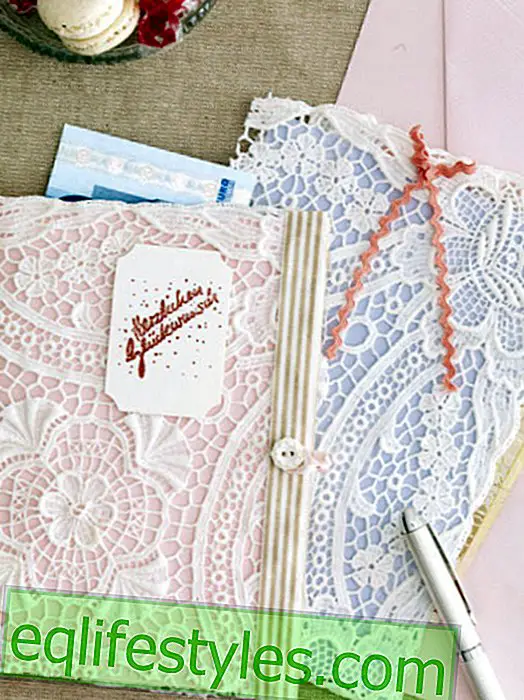The specialty store offers a wide range of sleep products: Do blankets and pillows have a soft, elastic, full or firm feel? Whether filled with synthetic fibers, down, wool or natural hair - every material has its advantages.

Photo: Living idea
Trust your feeling! The future bedding should be sympathetic to you, after all, you will spend countless nights together.
Filling material: down and feathers Just as their plumage protects ducks and geese from heat loss, the classic filling material also insulates our beds. Down make bedding cuddly and soft. Support springs (especially in pillows) thanks to their elastic keels. The higher their share, the firmer is the upholstery. During the night, the body sweats and exhales a quarter to a full liter of moisture or more. Where is this haze? If it is not carried away, evaporative coldness develops: the sleeper begins to freeze and awakens. Feathers and down are hygroscopic, that is, they absorb moisture, divert it to the room air and thus cool the bed: it is neither too humid nor too dry and remains constantly warm.

Filling material: virgin wool and natural hair Sheep wool and pet hair warm in the cold and the same heat from cooling. They are hardwearing and regulate moisture. Wool is able to absorb 30 percent of its own weight in moisture and does not even feel moist. Thanks to its self-cleaning power, it can bind and neutralize acids, bases and various chemicals.
Comfortable blankets with soft, velvety camel hair are as light as a feather and warm very well. Cashmere products are even nobler: goat hair weighs almost nothing and costs a lot, because every year a cashmere goat delivers only about 100 grams - a full-grown camel at least 5 kilos, a merino sheep up to 10 kilos of new wool. If you have a tendency to shiver, choose bedding from the hair of Mongolian Yak cattle. Of all natural hair her dark, soft fluffy hair warms best.

Filling material: synthetic fibers Beds and pillows with fluffy hollow or microfiber fillings are available for every purse. Their heat and moisture regulation can not quite reach that of natural beds, but do not worry: as long as a filling feels loose and puffy, neither heat nor moisture accumulates.
In the past 10 years alone, several innovative fillings have been introduced: for example, antimicrobial fibers, anti-mite fibers, flame retardant hollow filler fibers, modified structure polyester fibers that allow washing at 95 degrees, and temperature-regulating material for comforters. More and more consumers also value ecological products. Advansa, Europe's leading polyester manufacturer, is now bringing the
The "Hollofil Eco" and "Comforel Eco" filling fibers for pillows and duvets are the first polyester filling materials to receive the EU Ecolabel.









